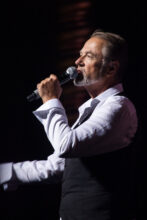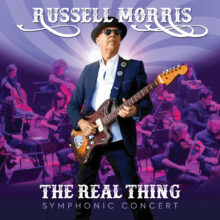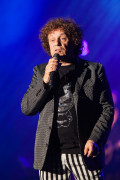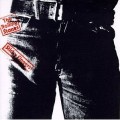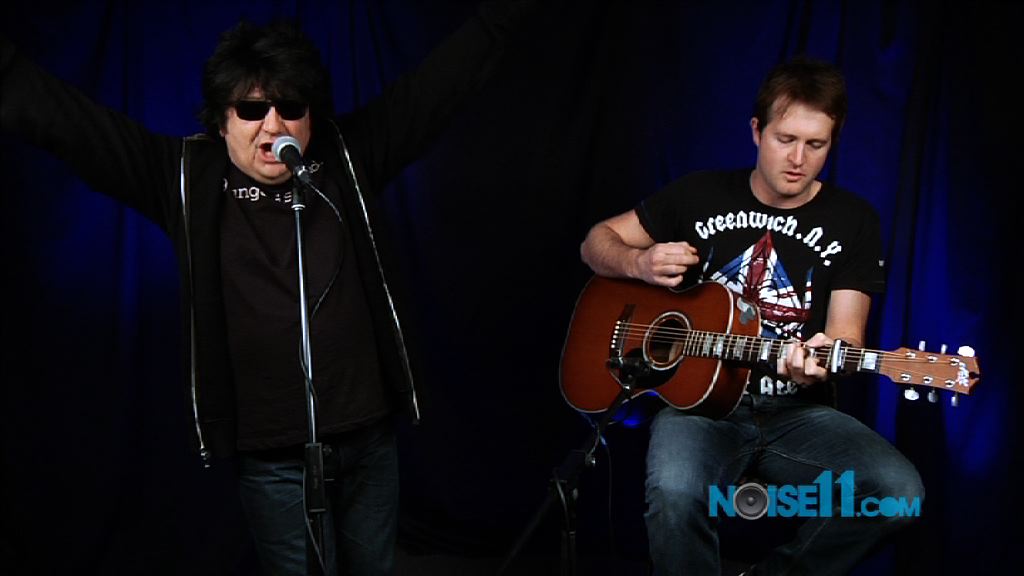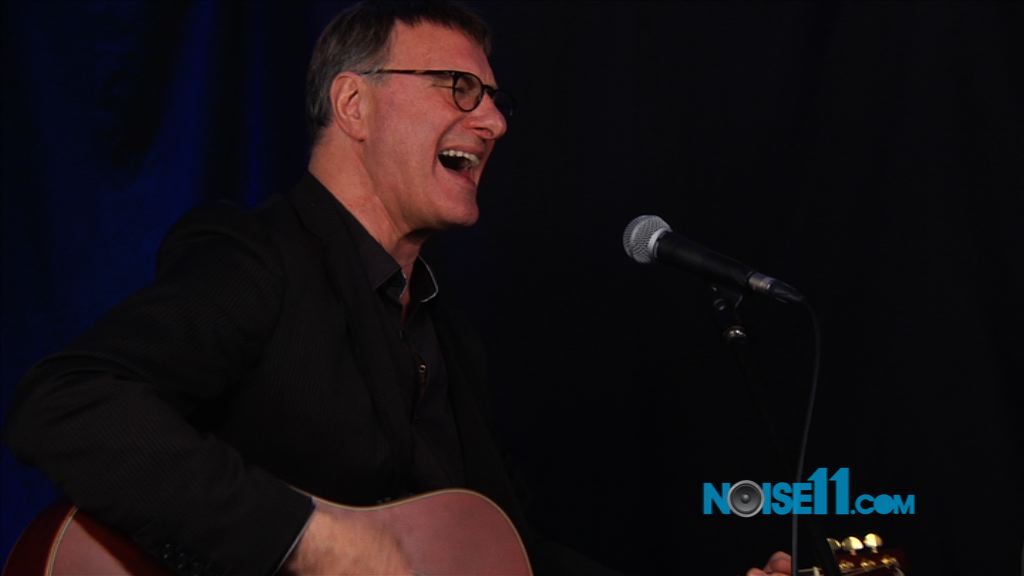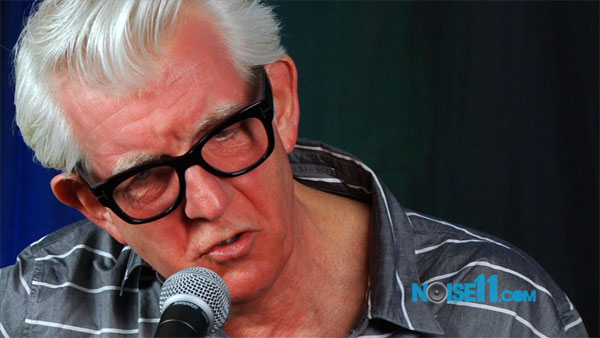In May of 2011, Neil Young drove a 1956 Crown Victoria from his idyllic hometown of Omemee, Ontario to downtown Toronto’s iconic Massey Hall where he intimately performed the last two nights of his solo world tour.

Neil Young Journeys
Along the drive, Young recounted insightful and introspective stories from his youth to filmmaker Jonathan Demme. Demme, a long-time fan and collaborator, captured these tales of Young’s childhood and masterfully weaved them together with his mesmerizing music including live concert performances from the 2010 album Le Noise and powerful renditions of classics including “Ohio”, “Hey Hey, My My”, “I Believe in You” and previously unreleased songs “Leia” and “You Never Call.”
Through the tunes and the tales, Demme portrays a personal, retrospective look into the heart and soul of the artist.
NEIL YOUNG JOURNEYS was produced by Jonathan Demme and Elliot Rabinowitz (Neil Young: Heart of Gold, Neil Young: Silver and Gold).
NEIL YOUNG JOURNEYS
Interview with Neil Young and director Jonathan Demme
Q. This is your third film together. How did you first team up?
JD: The first time we ever worked together was [when] Neil wrote the song “Philadelphia” for the movie Philadelphia. We met each other after that at a concert in New Jersey, which was the tour with Booker T. & the M.G.’s. Amazing show. Then I asked Neil if there was ever a time when he needed something filmed if he’d keep me in mind. So, when they were recording an album at The Complex Studios in L.A. with Crazy Horse, we came out and filmed that. Then I was a big, big fan of “Greendale,” live on stage before Neil made that movie. Somewhere in there we started talking about how it’d be good to make a movie together someday and what have you because I just loved “Greendale” so, so much. We talked a lot about filmmaking and about style and stuff. So then, I called up, like six months or a year later and said, “Is anything brewing that we might be able to film?” That led to a discussion of the songs that he was recording right then for the brilliant “Prairie Wind” album. I got to hear some of the songs and then we just tripped out. I’m happy to say that we really dreamt that whole thing up ourselves: to go to Nashville and do it period.
NY: Do a celebration of the old rhyming and the people. Original country folks. It was good.
JD: That was a huge project. It’s never easy but it wasn’t filming a show that’s on tour or something like that. Neil and the players rehearsed for two weeks. Manuel came in and designed special costumes for everybody you see on stage. We had a huge, old-fashioned backdrop made. We put an enormous amount of work into the lighting and everything. Then we shot it two times and that was the end of that. Never went on tour. So that was an end to itself. That was a huge project and that we‘ve managed to team up again a few times is just remarkable to me. We want everything we do to be totally different from anything we’ve done together before.
Q. Neil, how did you go about preparing for the story-telling sections of the film?
NY: There was no prep because I was just in my old neighborhood and that kind of spoke to me and I just kept remembering things. Every time we went somewhere, I’d be like, you brought us here? Okay, great. And I had something to say and Jonathan was sitting in the front seat so it was like talking to a friend.
Q. Jonathan, did you direct Neil’s musical performances in any way?
JD: No, no, no. Neil is, in my view, an immersion singer-songwriter. He doesn’t come out and sing a song. He goes into character and he tells a story from that character’s point of view. So it’s all there. What we really try to do, if this makes sense, is make the camera and the lighting organic to that exact story and that exact character. We change the shots song to song. We don’t want to edit any two songs the same way. We try to get inside what he’s talking about and be the cinematic gateway of that song.
Q. Neil, does knowing you are being filmed affect your performances?
NY: I hope it’s like they’re not there. I try to focus. I like to stay in the song and that’s how I sing the song. If I’m living in the song, there’s really nothing else there.
Q. Do you like watching yourself on stage?
NY: No.
Q. Have you seen the film?
NY: Yes. I know it was a really good job but watching it over and over again would not be that much fun for me.
Q. In the film, we see home video footage of Neil’s loved ones and photos of the Kent State victims. Jonathan, can you talk about the process of including those materials?
JD: So now here’s a film of Neil doing “Ohio.” How can we help cinematically honor the rage and emotion he’s feeling as he presents that song? I mean, [Kent State] happened a long time ago. How can we help convey why he feels so passionate beyond the lyrics of the song? So these are the people that Neil is singing about. It’s not a political song. It’s a lament for these four young people; this moment in time when our country turned its guns on these students. We wanted to honor them in the same way the song honors them. Our co-producer, Shane Bissett, called up the families because we wanted to make sure that the families would approve of us using the images and mentioning the names. It was very much endorsed. They all feel, to this day, very grateful to Neil for writing that song. That’s a great example of how we’re trying to be there for the song.
Q. Neil, in the film, you say you can tell whether a song is good or not by listening to it in your car. If we went into your car now, what would we hear?
NY: We’d hear a sound system that would blow our minds. A sound system like no other sound system.
JD: Oh no?
NY: It’d be a sound system where you heard everything. The master sound.
Q. Are there any musical performances you had to cut from the film that might show up on the DVD and blu-ray?
JD: “Cortez the Killer” is one. “Cinnamon Girl” is another.
Neil Young Journeys will be released in Australia on DVD on March 20 through Universal Sony Pictures.



